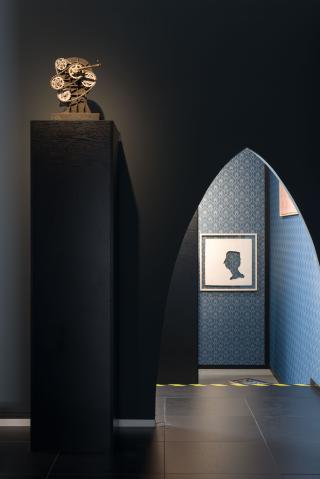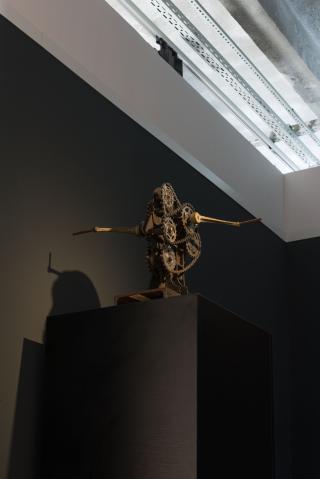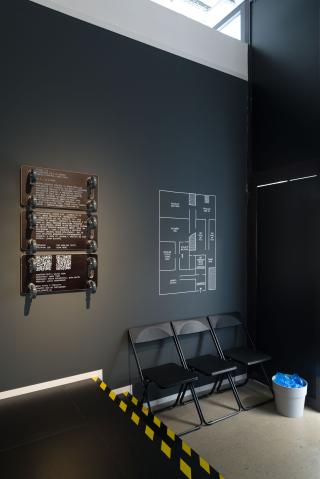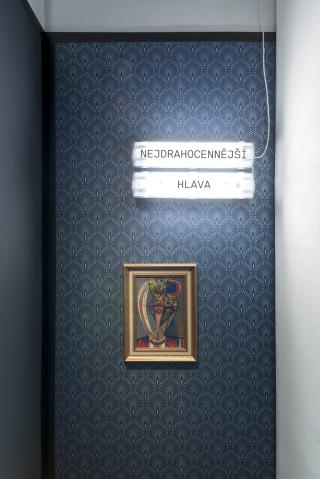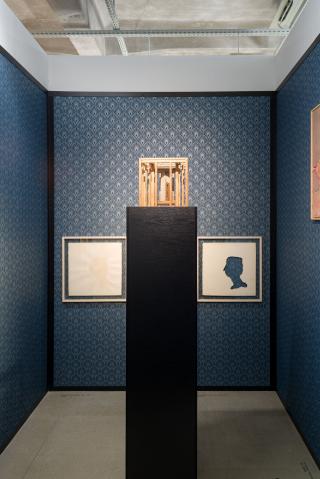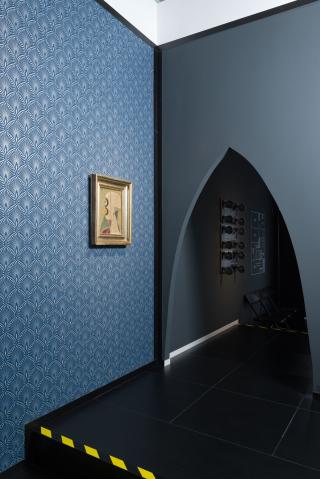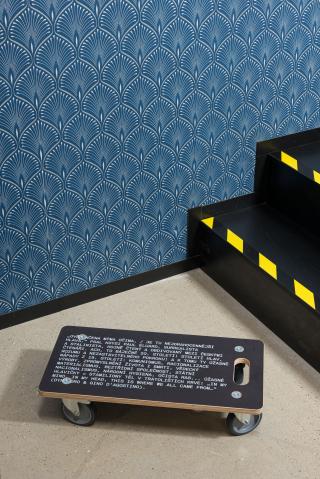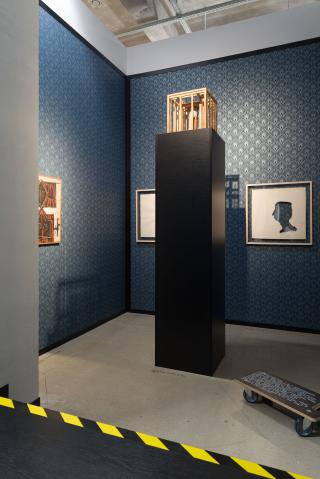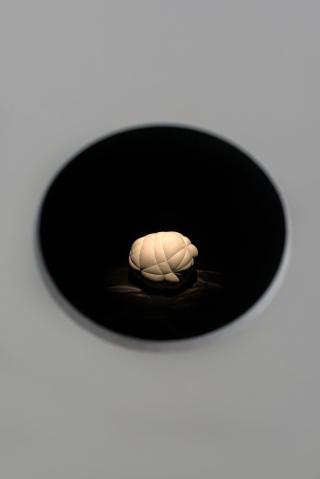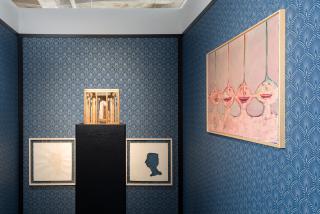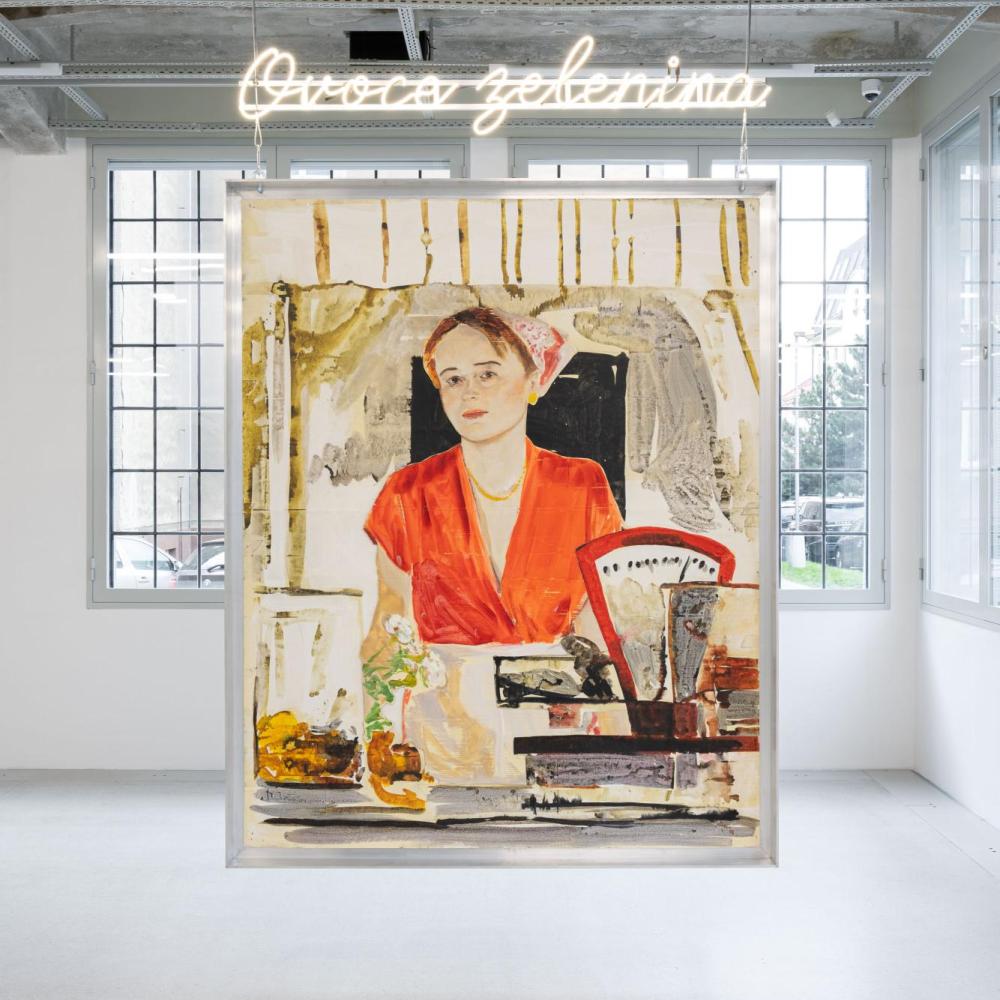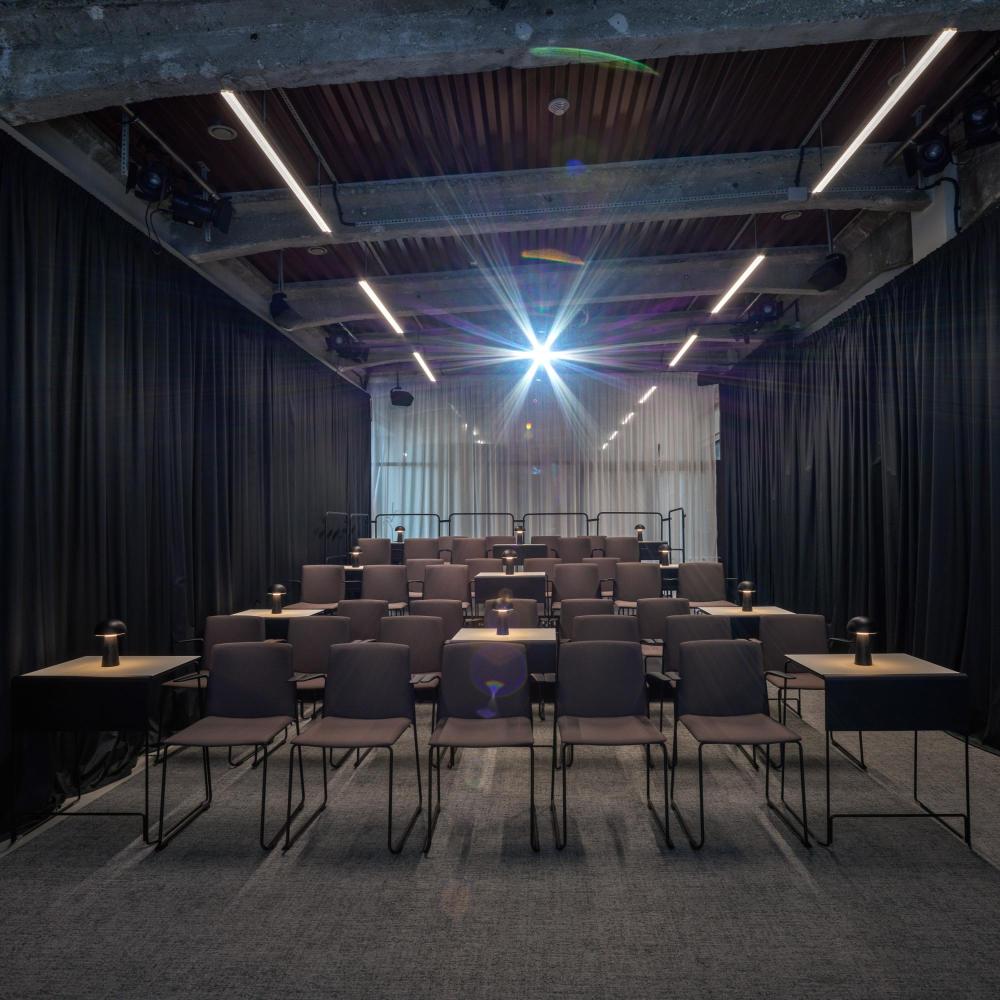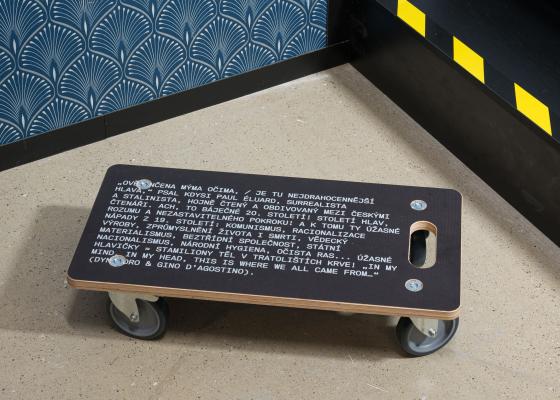
Year 2022 presents Signal III, a surprise exhibition in the Telegraph Gallery's concept of exhibitions, following two previous exhibitions, Signal I and Signal II. Visitors were especially able to enjoy the contemporary art exhibitions. The very title Signal III: "Masterpieces from the Robert Runták Collection (1900-1990)" suggests what the viewer can find in the intricate architecture of the gallery space. It is not usual for a gallery to host Art Nouveau, Impressionism, Cubism, Lettrism, Pop Art, Neo-Avant-Garde, Conceptualism and many others. Signal is a tradition whose concept is anchored in the curator's selection of works from the Robert Runták Collection and the compilation of its concept. The selection of works was based on the need to showcase the best of the years 1900-1990. This time, the exhibition was curated by David Voda in collaboration with the exhibition's architect, Mark Ther. This duo took great care in setting up the rooms. The works in Signal III are set in the unique architecture of the Telegraph Gallery space, built to suit the exhibition. The space is complemented by the look of the traditional salons that Mark Ther was inspired by. In addition to the salon, the inspiration of the technical environment of the depository is also evident. The exhibition is furnished with elements borrowed from the Robert Runták depository.
What have they prepared for you? Nine exhibition rooms under different distinctive names, each with a unique visual identity.
The Most Precious Head / Sonata of Life / Existentialism / The Problem of Surface, Shape and Time / The Glass House / Sexual Nocturne / Revolution is Us / Habitable Bodies / The Czech Sky
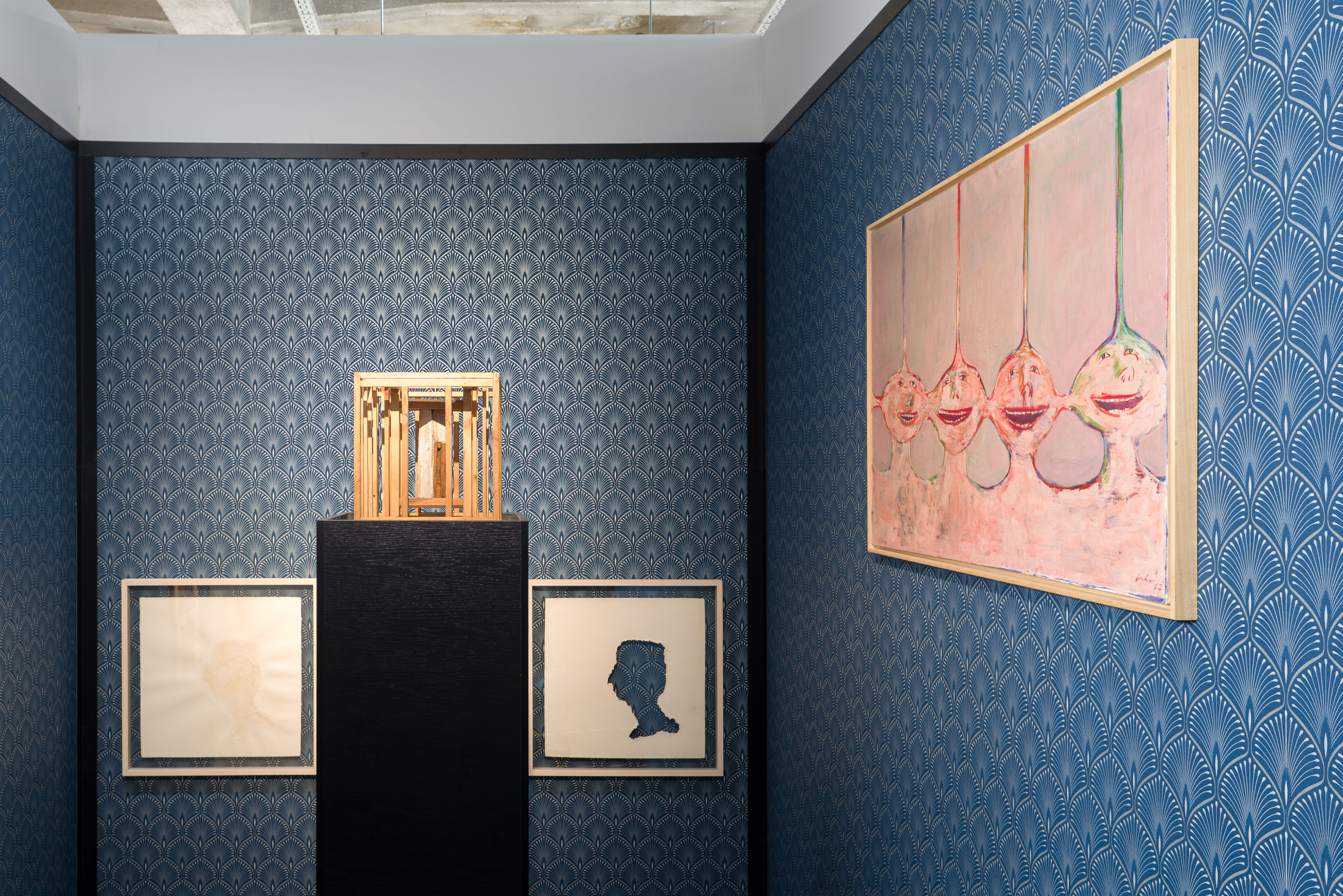
Did the room names tell you what to expect in them? The first one certainly does. Step into the first room, dubbed "The Most Precious Head". First, though, the technical stuff. Put on your lab coats, please! And you have a ticket to the Salon of Nine Portraits. The portrait, undeniably one of the most traditional subjects in fine art, is in a room in direct relation with the possibilities of technological execution, the artist's unique vision and the reflection of each decade. Displaying the works at an unconventional height puts you in the position of not looking at it, but looking up to it as something ethereal. The identity of the heads remains unknowable. It is possible to think about the possibilities of their interpretation, from geometric decomposition to abstraction, in the preview of surface and volume, the use of materials, layers and colours. Is it just a physical shell or is it also a symbol, a reflection of the psyche, a clear connection to a specific person?
The curator David Voda, whose texts are placed in each room on unnoticeable transport trolleys, mockingly mentions in the text, "Ah, that wonderful 20th century! A century of heads, reason and unstoppable progress! And on top of that, those marvelous 19th century ideas: communism, rationalization of production, industrialization of life and death, scientific materialism, classless society, state nationalism, national hygiene, purification of races... Marvelous heads = hundreds of millions of bodies in mounds of blood!" Who comes to mind first after reading the text? Do you also remember the heroes of these two centuries?
They include at least those who have made their mark in the history of fine art - Adriena Šimotová, Karel Nepraš, Zbyněk Sekal, František Hudeček, Jiří Sopko, Richard Fremund and Oscar Dominguez.
By Erika Kovačičová / Telegraph Gallery
Photo: Matěj Doležel
